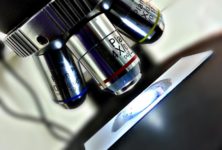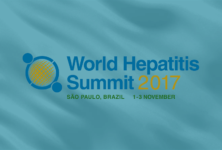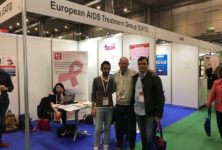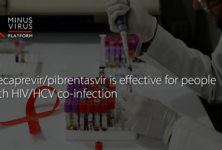In first-ever study, Case School of Medicine researchers to pair monoclonal antibody with body’s own killer-cell stimulator
Newswise — A Case Western Reserve University School of Medicine researcher has received a $2.5 million grant from Gilead Sciences, a California-based biopharmaceutical company, to see if two so-far separately-used AIDS treatments are even more effective when used as a pair.
Lead researcher Michael M. Lederman, MD, Scott R. Inkley Professor of Medicine, and colleagues will combine interleukin-2, a protein made by the body that stimulates human killer-cells, with a lab-engineered monoclonal antibody that targets HIV.
“Administered alone, both Il-2 and certain monoclonal antibodies can reduce—but not necessarily eliminate— the presence of HIV in the body,” said Dr. Lederman. “Our study will go the next step and use them together. We want to see if they produce more of a wallop in tandem than when administered individually.”
Both IL-2 and monoclonal antibodies that neutralize HIV have been given safely to HIV-infected persons but not yet in combination. Study participants will be monitored for safety and tolerance by study staff members.
A key goal of the study is to determine if the new combined treatment can reduce latent HIV reservoirs, which consist of cells infected with HIV but not actively producing HIV. Reservoirs, which are difficult to measure, are present even in cases of treated HIV infection where there are no detectable levels of HIV in the blood. Although not active, the reservoirs are evidence that the infection is not cured since they can be reactivated by any of a number of reasons.
IL-2 is approved by the Food and Drug Administration for treating certain cancers. It activates killer cells and also activates HIV from latency (a positive development since the activated cells die when expressing virus). Monoclonal antibodies that neutralize HIV are cloned protein antibodies that bind to the surface of HIV and keep it from infecting the body’s immune cells. They also can help killer cells attack HIV infected cells that have been activated from latency to express virus.
In the 64-week study, patients in one treatment group will receive IL-2 and those in a second treatment group will receive IL-2 plus a monoclonal antibody that neutralizes HIV. The hope is that the size of the HIV reservoir will decrease in both groups and that the antibody will make the IL-2 treatment more potent. The study is set to include 16 patients and begin in the second half of 2017.
A previous retrospective study suggested that IL-2 treatment could decrease the size of latent HIV reservoirs. “We think it’s important to try to confirm those findings in a prospective trial and just as important, see if the addition of a monoclonal antibody enhances the activity of IL-2,” said Dr. Lederman.
He and his study colleagues are in discussions with the National Institutes of Health’s Vaccine Research Center to determine which monoclonal antibody to use among several the Center has developed to prevent or treat HIV infection.
Other CWRU School of Medicine researchers involved in the study are Jonathan Karn, PhD, Reinberger Professor of Molecular Biology; Benigno Rodriguez, MD, associate professor of medicine; and Rafick-Pierre Sekaly, PhD, professor of pathology.


 ПОИСК ПО САЙТУ
ПОИСК ПО САЙТУ  поиск по ресурсному центру
поиск по ресурсному центру 



